|
Imagine craving your favorite sandwich from a local quick-service restaurant on your way home from work, and as soon as you drive into the lot, the restaurant takes a photo of your license plate and can use that image to pull up past orders you have pre-programmed with them. As a result, you can bypass the drive-thru line of customers who don’t yet know what they want and instead collect your order at a separate window and be on your way. As Aaron Allen, founder and chief strategist at restaurant consultancy Aaron Allen & Associates, told Forbes, “There’s a big profit bump just by shaving seconds off drive-thru orders.” Leaders in the space are catching on ― watch for similar benefits to come from McDonald’s in the wake of its acquisition of Dynamic Yield.
Across industries in the U.S., labor productivity has effectively doubled over the past 30 years, according to recent data from the Bureau of Labor Statistics. However, the foodservice industry has been among the slowest to grow, at about 80 percent below the national average and ranking just below the post office and just above the mining industry in productivity. The food and beverage strategy firm Aaron Allen & Associates points to one culprit holding the industry’s productivity back: restaurants’ slow adoption of new technologies. The company says the next five years will be more disruptive to foodservice operators than the past 50 years have been, and slow adopters of technology are likely to be left behind. Specifically, technology is making the restaurant experience more and more frictionless for customers and operators alike: Once a consumer gets used to ordering his favorite take-away meal with merely a couple of taps on his phone, then automatically earning loyalty points redeemable for this item at the times of the week when he craves it most, he won’t want to give up that experience. Similarly, once an operator is using tech to monitor everything from the most popular menu items to the functionality of appliances, she has time to focus on providing better customer service, connecting with staff or even scaling up the business. While these updates can be difficult to transition to for an older operation used to managing business more conventionally, restaurant startups are launching with this technology already embedded into their business models ― and it’s giving them a clear advantage when competing with more established brands.
Do you use video to connect with customers and even staff? If not, doing so could pay off. Recent research from Brightcove found that 85 percent of consumers aged 18-34 say they have bought a product or service after watching a video about it. Further, consumers surveyed in the study said they find video to be the most memorable form of content ― they ranked it above display ads, email marketing, case studies, text ads, and other forms of promotion. Videos can help potential guests connect with your brand and share it with their friends, which in turn can boost your search engine optimization. Cake suggests using videos on your website and social media to share a seasonal recipe tutorial, showcase your restaurant’s interior or some interesting aspect of its history, introduce staff members or guests, or promote new food and drink menus. Since video can help people connect with your brand and present you as authentic and trustworthy, it can benefit your staff recruitment efforts too. Showcase your employees ― both in the front and back of house ― going about their daily work and talking about what they like about their jobs, which can help give potential employees a better sense of your restaurant’s work environment than any job description could. Toast suggests you use a gimbal or tripod to ensure your video isn’t wobbly, lighting (inexpensive lighting kits can help), and a microphone or voice-over recording. You can use free software to edit the video you produce and Shutterstock can help you licence royalty-free music for your video if needed. Once you upload your video to YouTube, share its link on your website job page, job applications and your social media platforms.
A restaurant server taking an order could have ample reason to avoid upselling a guest: Perhaps the guest or the server is in a hurry, for example, or the guest seems decisive about what he wants (or doesn’t want) to order. Valyant AI is trying to help operators avoid those scenarios. At the recent Restaurant Technology Summit in New York, artificial intelligence (AI) was used to show how restaurants can provide the human touch without missing out on opportunities to upsell. Restaurant Business reports that Snooze, an A.M. Eatery, and the burger chain Good Times are testing an AI system from Valyant AI that converses with guests placing an order and never misses an opportunity to upsell. Valyant’s CEO said the system once successfully upsold 23 percent of the orders it took in a day.
At Winsight’s September FSTEC conference, where restaurant operators gathered to hear about up-and-coming developments in technology, voice recognition showed special potential as a tech tool to watch – particularly for its back-of-house functions. Consumers are becoming more comfortable with voice recognition as an everyday convenience – emarketer predicts that more than one-third of the U.S. population will use a voice assistant monthly this year, up 9.5 percent from 2018. That has paved the way for voice recognition becoming more common as a means of enabling consumers to place orders more efficiently from home and on the road (note McDonald’s new purchase of Apprente, a startup building technology to automate voice ordering in multiple languages, which McDonald’s could implement in its drive thru, mobile and kiosk ordering). Voice recognition’s applications beyond ordering have been slower to develop, but that is now changing, according to Restaurant Business. Presenters at FSTEC identified such uses of voice recognition technology as providing food preparation instructions for kitchen staff who aren’t able to leave their stations to look at a recipe or search for directions on a computer screen. Chowly CEO Sterling Douglass said while there is still a long way for restaurants to go when using voice recognition at the back of the house for this purpose, those that are using it with human backup are already seeing 50 percent reductions in cost. For operators looking for additional ways to operate with smaller teams or otherwise cut labor costs, voice recognition could be an additional tool in their toolbox.
|
Subscribe to our newsletterArchives
April 2024
Categories
All
|
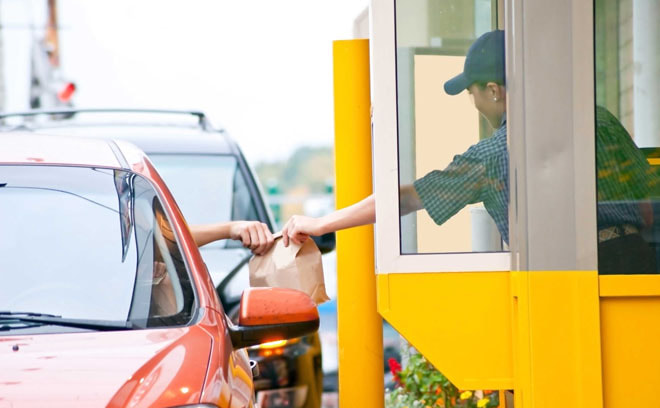
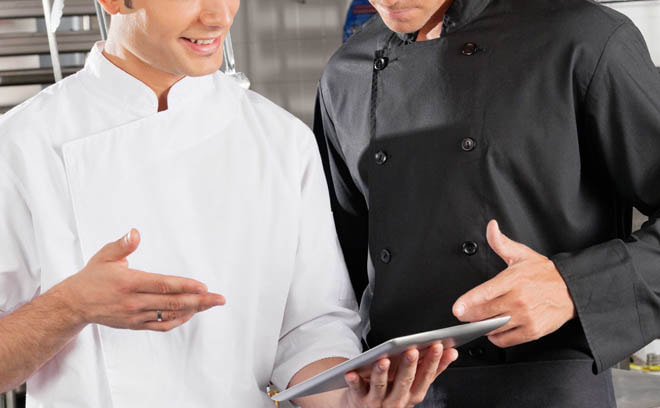
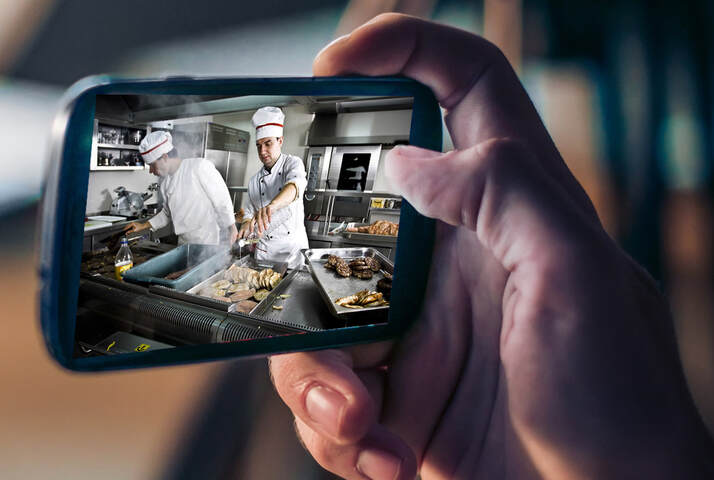

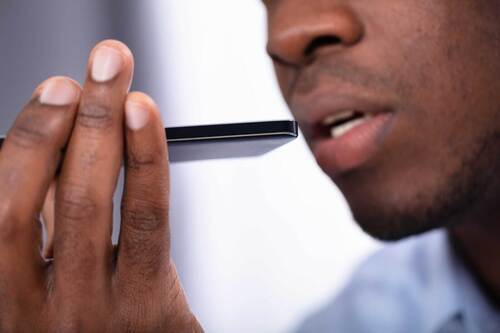
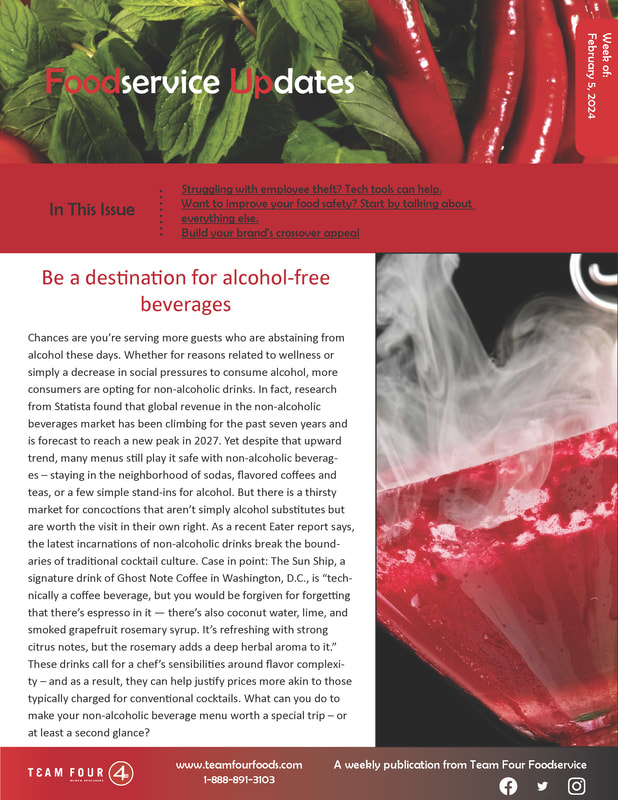

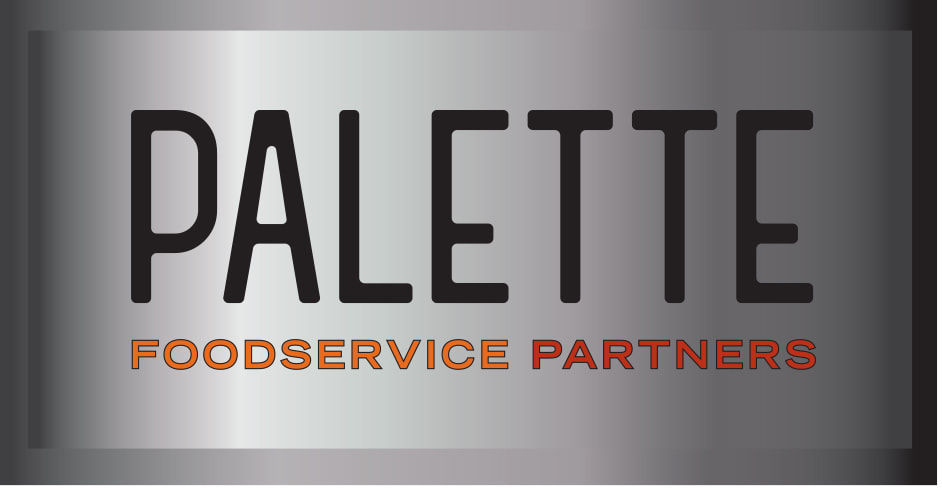
 RSS Feed
RSS Feed